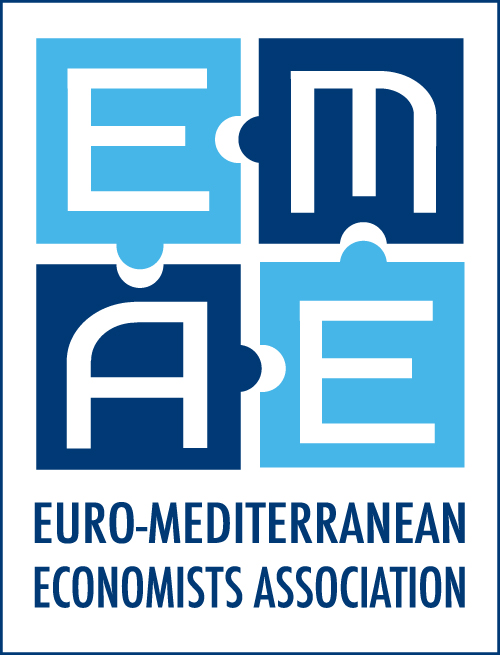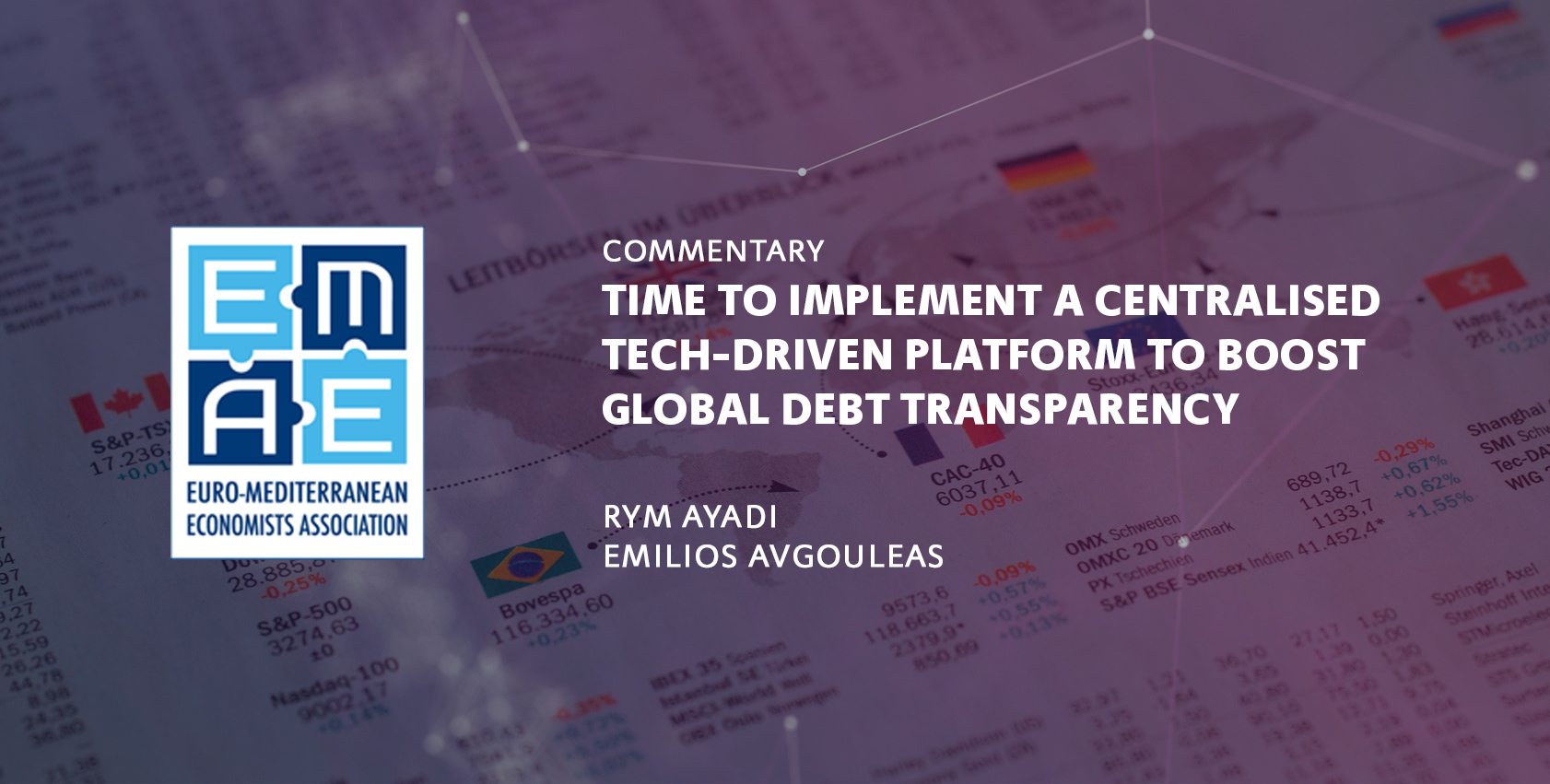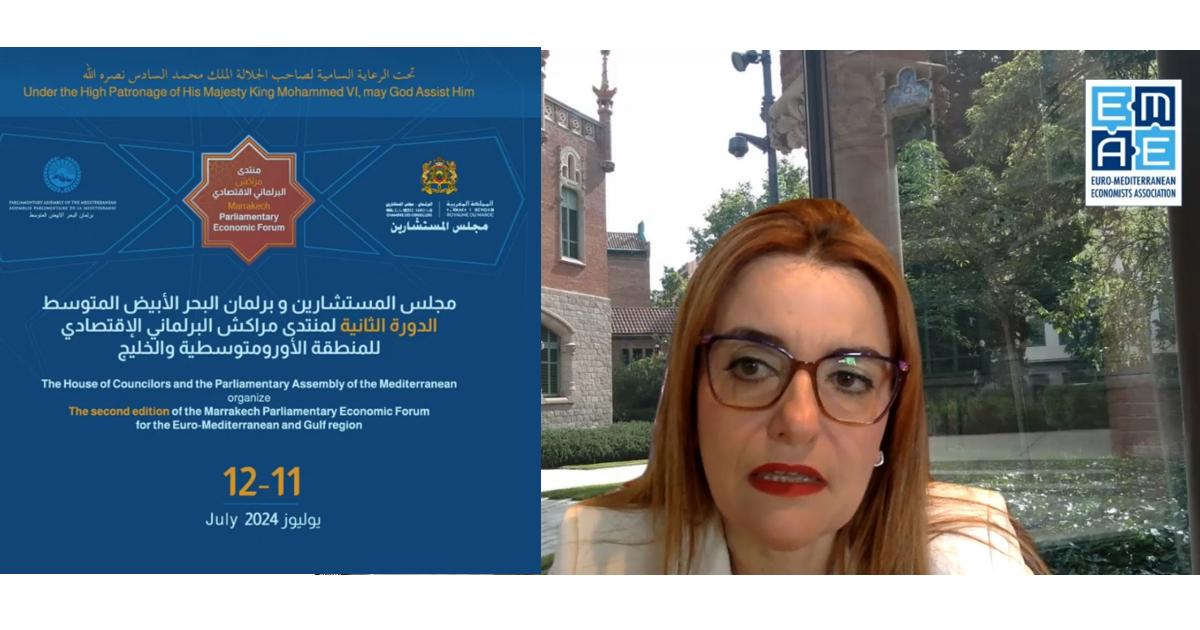The policy brief was initially published by CEPS
The Covid-19 pandemic has caused widespread concern about debt unsustainability in both developed and emerging economies. To address this challenge, in its April 2020 Communiqué, the G-20 launched a restructuring initiative with regards to debt in the poorest countries (under the G20 Debt Service Suspension Initiative).
But in the process, the matter of sovereign debt transparency has resurfaced with respect to both sovereign and private sector creditors, which is a thorny and complex issue. Beyond the practicalities of debt restructuring, debt transparency is also of cardinal importance for public governance and accountability. In 2019, the G-20 welcomed the Institute of International Finance Principles for Debt Transparency but, since then, little has happened. In 2020, both the IMF and the WBG have demanded greater transparency on debt. There is, thus, an urgent need to implement a public global mechanism to record old and new debt issues, as well as for any other form of debt, for example sovereign guarantees to boost global debt transparency.
To this end, we (the authors of this piece) have recently proposed to the G-20 to establish an independent, open access real-time tech-driven Debt Transparency Platform (DTP). Powered by distributed ledger technology (DLT), the platform would take the form of a private-public partnership serving as a global debt registry, aimed at filling the gaps in newly issued sovereign debt in lower, low- and middle- income countries.
Transparency could be significantly boosted by introducing contract clauses that make the registration of new issues quasi-compulsory. A good way to do this is by making subordination of older debt contingent on DTP registration of the new bond issue, or other loans. This additional layer of transparency energise could act as a catalyst in terms of public funds management, boosting the technical assistance efforts of the IMF and the World Bank. The initial purpose of the DTP would be to enhance the transparency of sovereign debt issuance data (bonds/loans/guarantees) and to provide open-access free of charge training and expertise on how to improve debt management, in order to augment sustainability and accountability.
Initially building on publicly available data but with the goal of going beyond this to record and warehouse all debt-related data, the DTP’s key objective is to make debt information identifiable and publicly accessible. The DTP would also enable interested parties to run extra data collection exercises and simulations – using additional sources as well as machine learning technologies – to fill in information gaps and existing asymmetry.
As such, the DTP would collect both transaction and lender data, including financial (e.g. interest payments) and legal details (e.g. the key terms of each transaction, including any sovereign immunity waivers, the dispute resolution mechanism, etc.). In addition, governments may be called on to state the purpose and use of funds. Therefore, the system could also extend to contingent claims including private-public partnership arrangements and infrastructure financing.
A collaborative approach to data sharing is needed to guarantee the success of implementation and to build trust in the integrity of information to maximise information flows. Collated data would be verified in collaboration with the IMF, the World Bank Group (WBG), bilateral lenders and the countries themselves through a digital verification mechanism, powered by blockchain technology, which offers the advantage of record immutability. The DTP would be a permissioned system and data would be accessible following pre-authorisation by the system, preserving data confidentiality and integrity.
The DTP would be an independent body, housed in a highly reputable institution, acting as a trusted, independent data host, with a private-public funding mix. Its governance structure would comprise representatives from financial institutions, international financial organisations, academic bodies and civil society. The system could first be tested in pilot countries and transactions before being up-scaled.
A DLT-enabled multi-party system will secure the immutability of records, whilst allowing interested public and private sector parties to track and trace all debt issues and related transactions and, potentially, the use of proceeds of borrowed funds, as close to real time as possible. DTP record immutability and transparency can greatly facilitate sovereign debt restructuring, reducing the legal and audit costs.
Looking to the future, the DLP could evolve into a fully fledged trading platform, powered by blockchain technology. There are clear advantages to using a single DLT platform to issue debt in primary markets and to match secondary market trades. These range from a substantial reduction of transaction and conciliation costs to boosting liquidity, especially for low- and middle-income country debt.
A tech-based solution to public debt transparency is an essential tool to augment debt transparency and governance and collaborative digital platforms can be the key to this process. For example, the proposed DTP could become a powerful tool in the struggle to reduce corruption and public debt mismanagement. Machine-learning tools could mine recorded data on the platform and combine it with other data across the financial system, to trace any misappropriation debt funds. At the same time, the proposed DTP can secure continuous and transparent monitoring of the sustainability of a country’s debt levels. Thus, it could play a catalytic role in the governance of low-income and low-to-middle income countries’ (LIC and LMIC) debt, whilst the establishment of the DTP should be seen as an area of high priority for the global community.
Professor Rym Ayadi, President of the Euro Mediterranean Economists Association, Professor at The Business School (Former CASS), Senior Advisor, Centre for European Policy Studies and a member of the G20-T20 Taskforce on International Financial Architecture and Professor Emilios Avgouleas, Chair in International Banking Law and Finance at the University of Edinburgh. Based on their paper, “Time to Implement a Tech-driven Sovereign Debt Transparency Initiative: Concept, Design and Policy Actions”, https://t20saudiarabia.org.sa/en/briefs/Pages/Policy-Brief.aspx?pb=TF8_PB6 published by the G20-T20 in October 2020. The Debt Transparency Platform is developed by the Euro-Mediterranean Economists Association. The link to the platform: www.DTransparency.org





